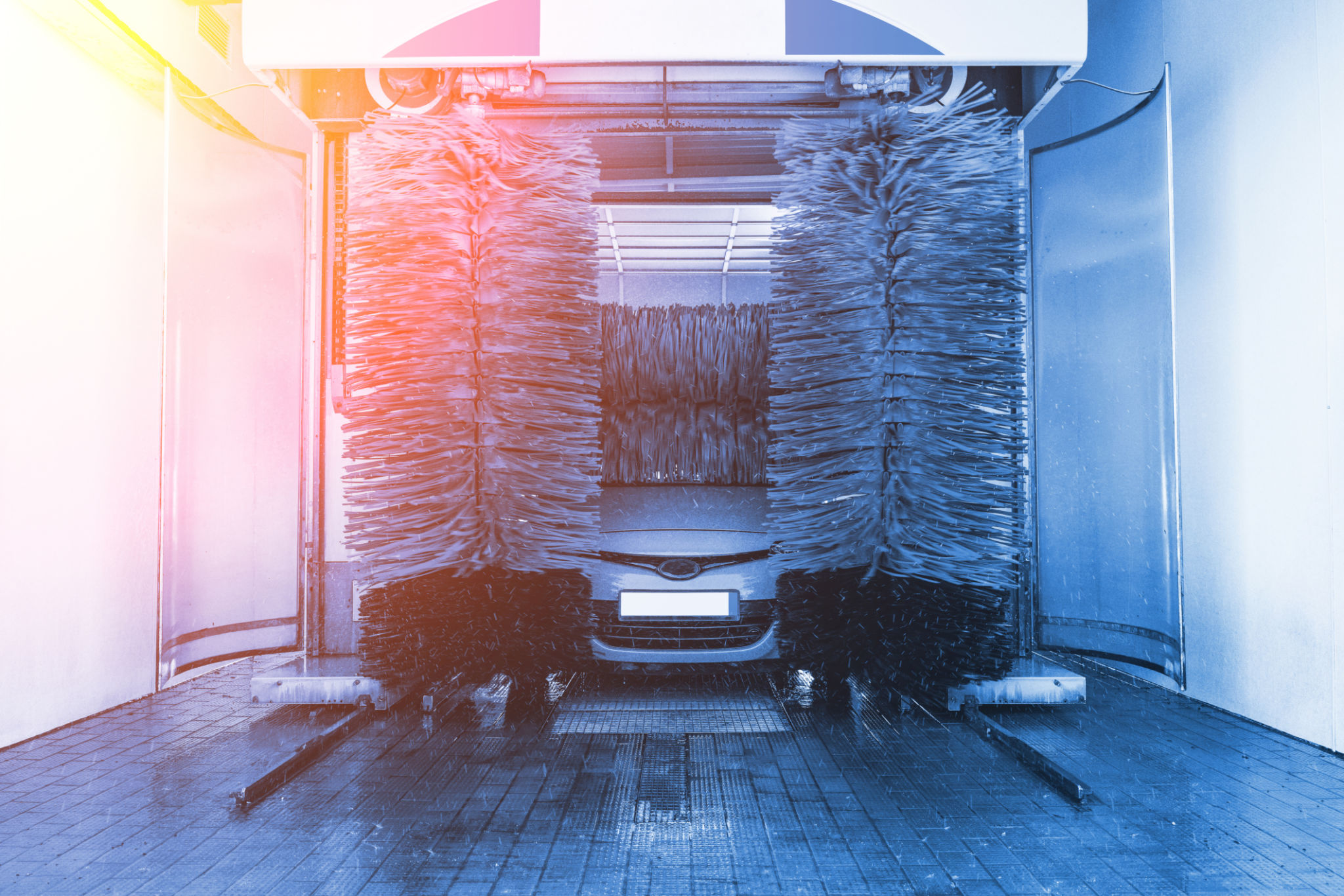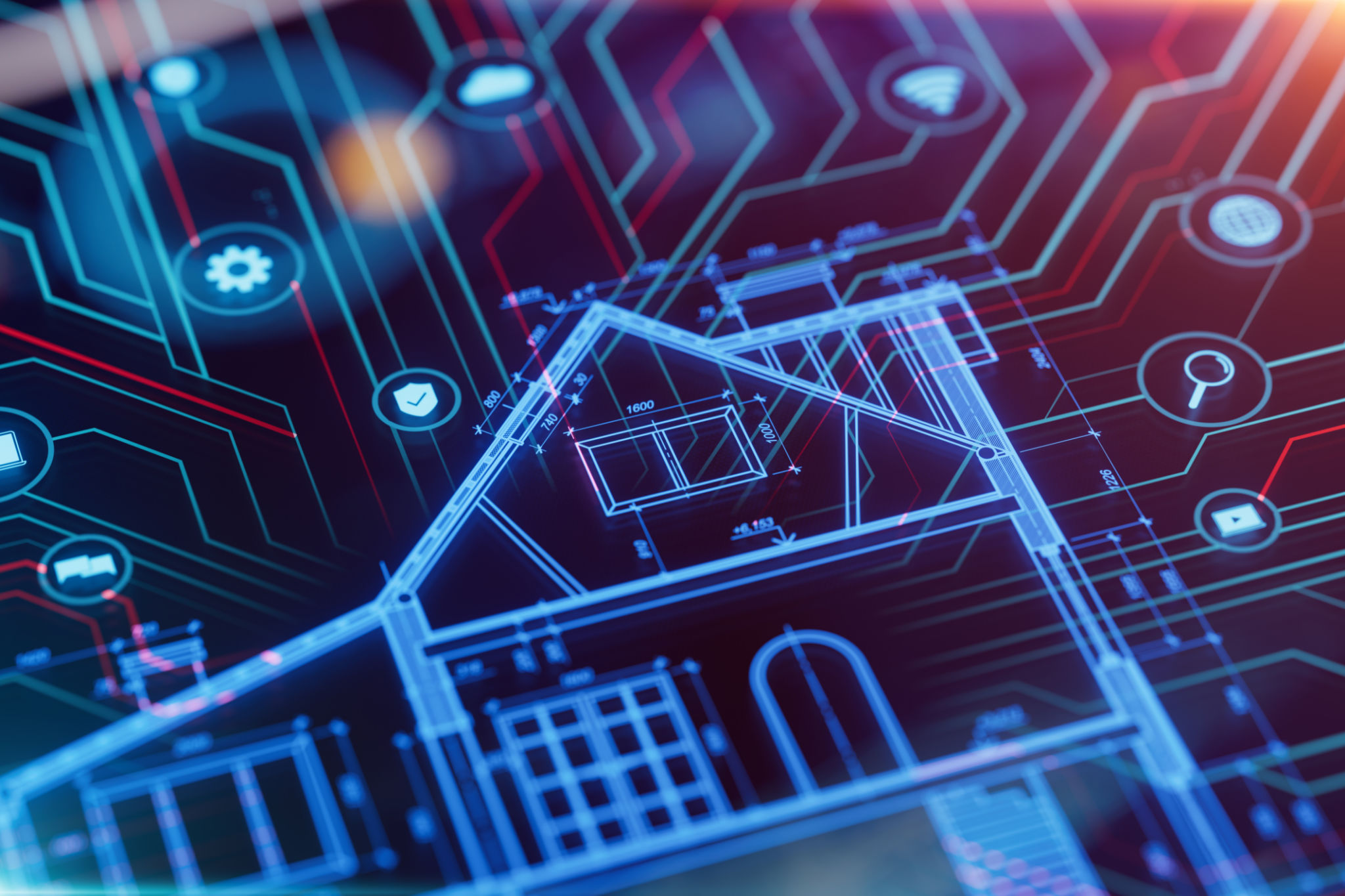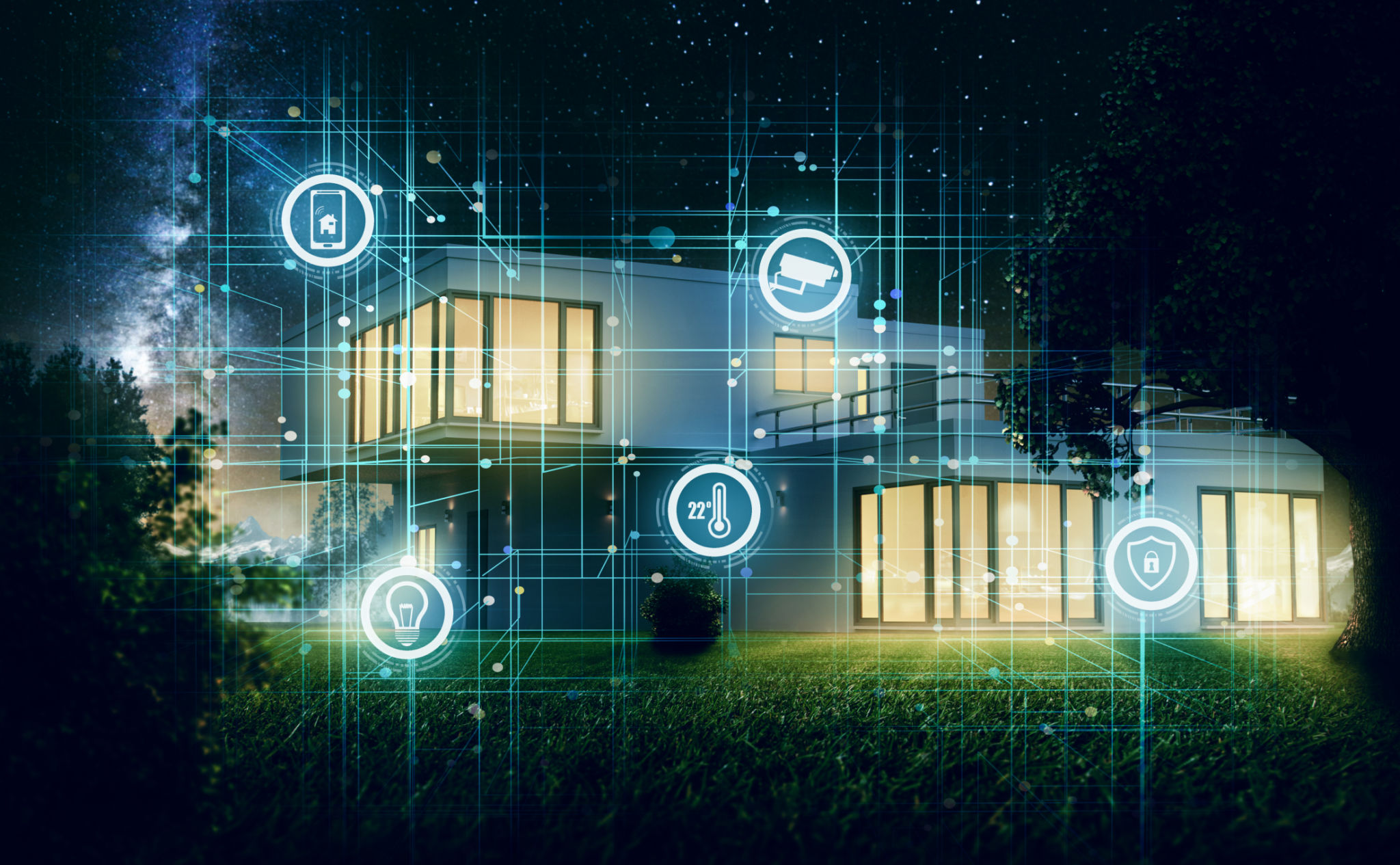How Motion-Activated Home Devices Improve Hygiene and Efficiency
The Rise of Motion-Activated Devices in Modern Homes
In recent years, the adoption of motion-activated home devices has surged, driven by a growing interest in enhancing both hygiene and efficiency in daily life. As technology advances, these devices have become more accessible, affordable, and effective, making them a staple in many households. From reducing the spread of germs to saving time and resources, motion-activated technology offers multifaceted benefits.
Motion-activated devices operate by detecting movement within a specified range and automatically triggering a response. This hands-free interaction minimizes contact with surfaces that can harbor germs, thereby promoting better hygiene. Additionally, they streamline various household tasks, contributing to a smoother and more efficient daily routine.

Enhancing Hygiene with Touchless Technology
One of the most significant advantages of motion-activated devices is their ability to improve hygiene. In high-touch areas such as kitchens and bathrooms, reducing contact with surfaces is crucial in minimizing the spread of bacteria and viruses. Products like motion-activated faucets and soap dispensers ensure that your hands remain clean without needing to touch potentially contaminated surfaces.
Similarly, motion-activated trash cans are another innovative addition to maintaining cleanliness. By simply waving a hand over the sensor, the lid opens automatically, eliminating the need to touch the bin. This simple yet effective solution helps keep germs at bay and contributes to a healthier home environment.

Efficient Home Management
Beyond hygiene, motion-activated devices significantly enhance home efficiency. Consider motion-sensor lighting systems, which automatically illuminate spaces when someone enters and turn off when the area is unoccupied. This not only saves energy but also reduces utility bills, offering both environmental and economic benefits.
Moreover, motion-activated thermostats adjust heating and cooling based on occupancy, ensuring optimal energy use. These systems learn your patterns and preferences over time, further enhancing comfort and efficiency. Such technology is not only convenient but also contributes to sustainable living by reducing unnecessary energy consumption.

Practical Applications in Everyday Life
The versatility of motion-activated devices makes them suitable for various applications throughout the home. In addition to lighting and climate control, they can be integrated with security systems to enhance safety. Motion detectors can alert homeowners to unexpected movements, providing peace of mind whether you’re at home or away.
In family homes, these devices offer added convenience. For instance, motion-activated nightlights can guide children safely through dark hallways or bathrooms without disturbing others with bright lights. This thoughtful application adds a layer of comfort to nighttime routines while conserving energy.
Adopting Motion-Activated Devices
Integrating motion-activated technology into your home is becoming increasingly straightforward as the market offers a variety of options tailored to different needs and budgets. When selecting devices, consider factors such as range, sensitivity, and compatibility with existing smart home systems to ensure maximum benefit.
While some may initially invest in these technologies for their modern appeal or convenience, many find that the long-term savings and improved hygiene make them worthwhile additions. As this technology continues to evolve, we can expect even more innovative solutions that further enhance our living environments.

The Future of Smart Home Technology
The future of smart home technology is promising, with motion-activated devices playing a key role in shaping our living spaces. As these technologies advance, they are likely to become even more intuitive, seamlessly integrating into our lives while offering enhanced functionality.
In conclusion, motion-activated home devices are not just a trend but a meaningful step towards improved hygiene and efficiency. By embracing these innovations, homeowners can enjoy a cleaner, more comfortable living space while also contributing to environmental sustainability.
